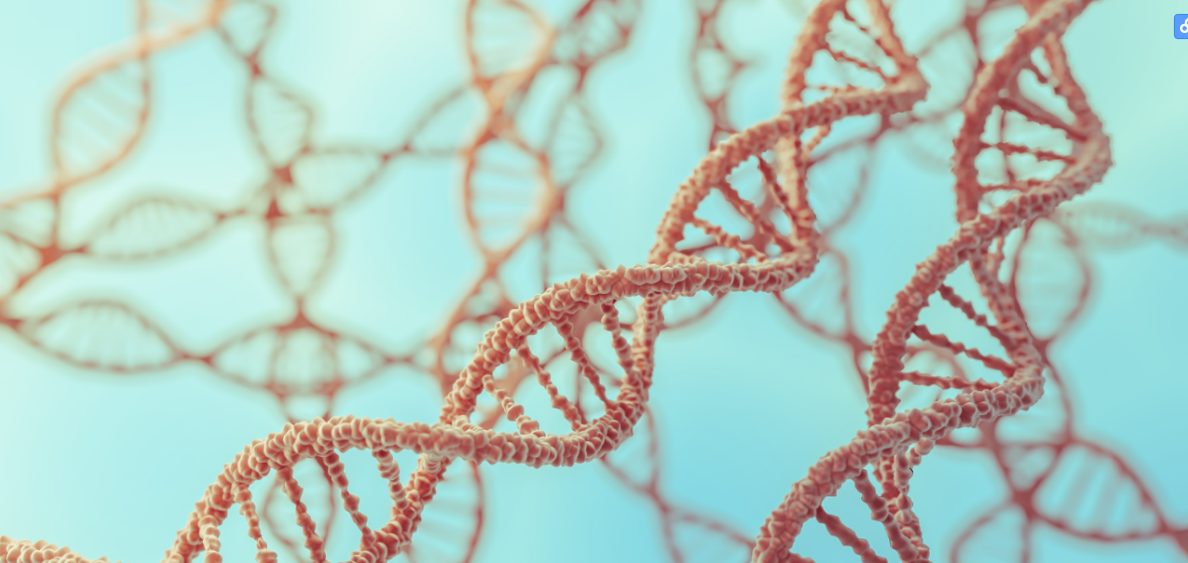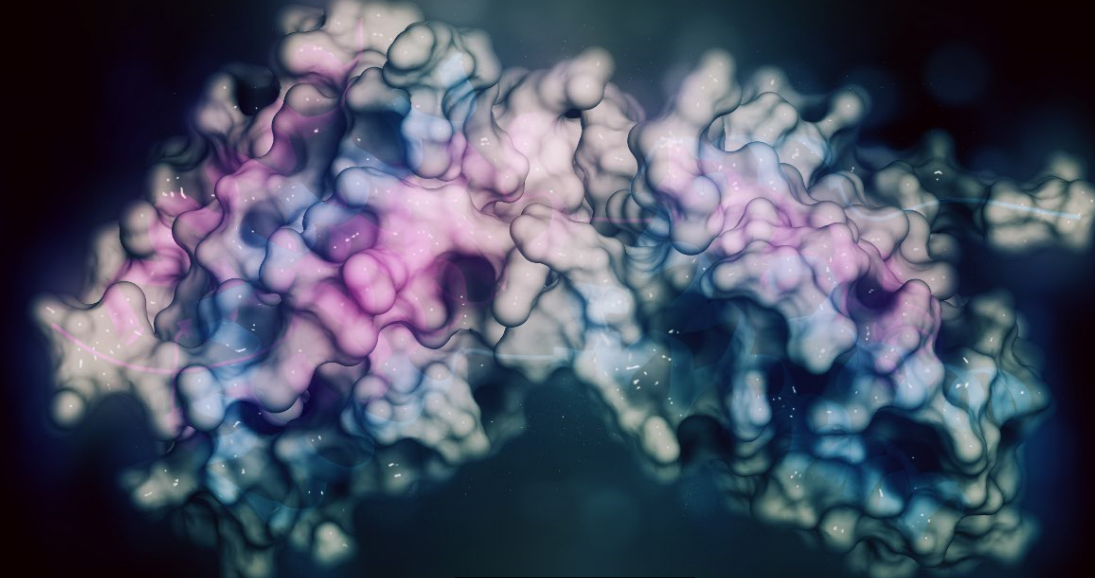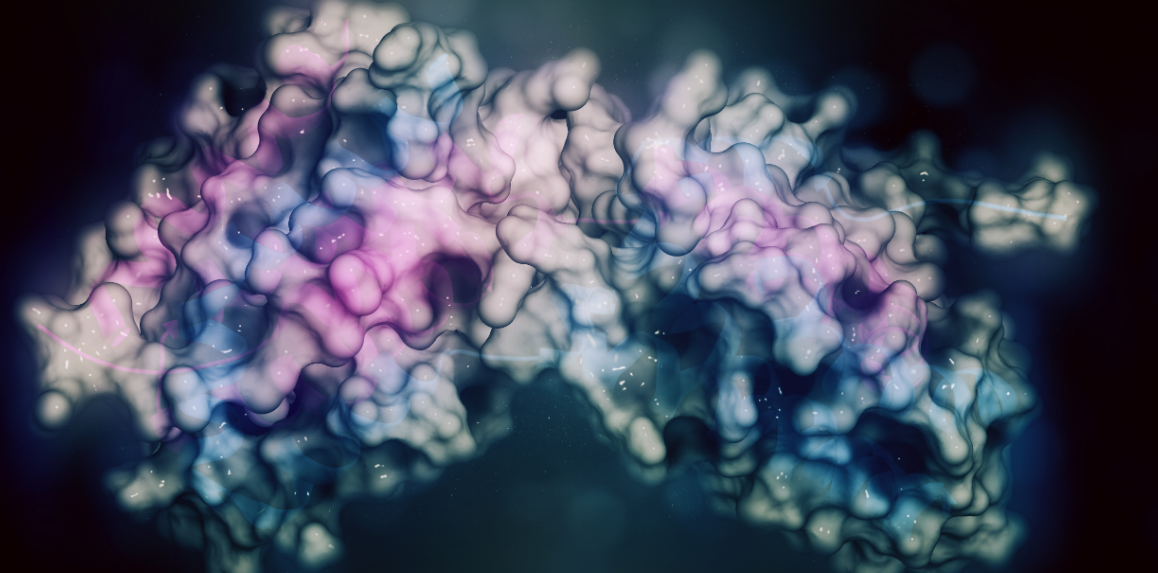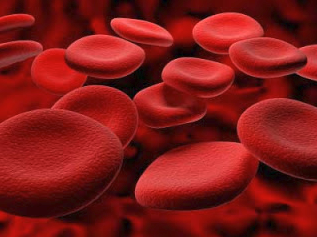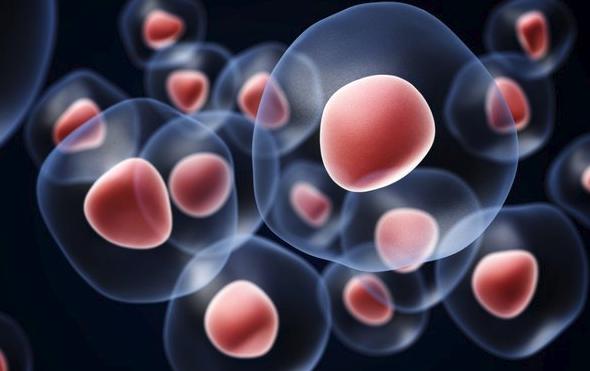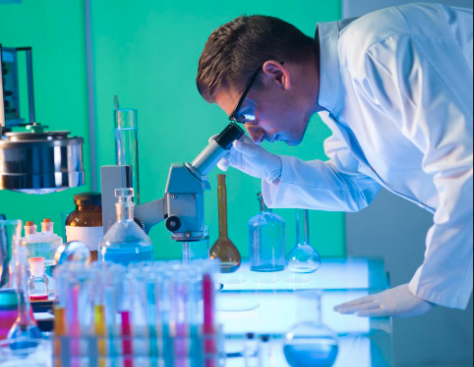The application of Peptide nucleic acids (PNAs)
The definition of Peptide nucleic acids (PNAs) PNAs are synthetic DNA analogs in which the phosphodiester backbone is replaced by repetitive units of N-(2-aminoethyl) glycine to which the purine and pyrimidine bases …
